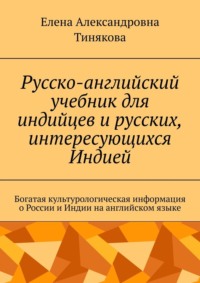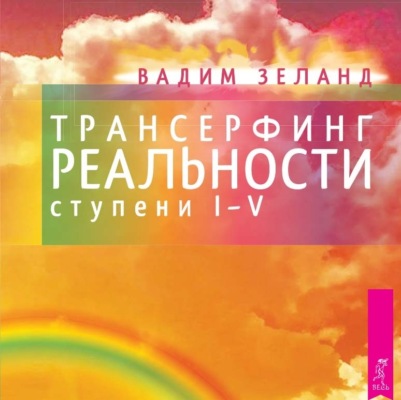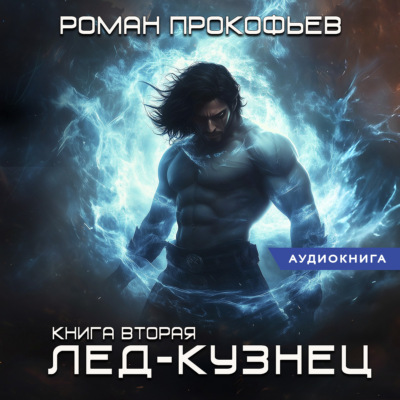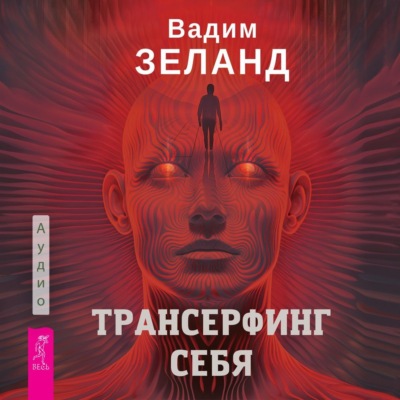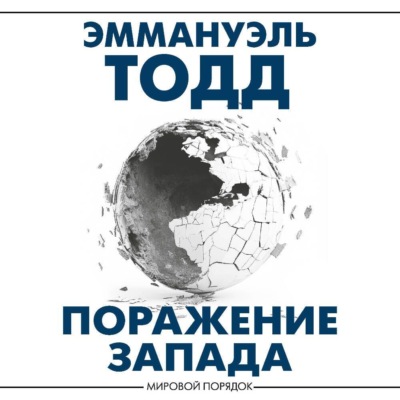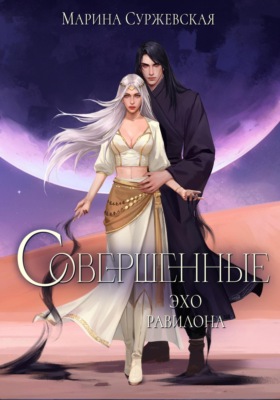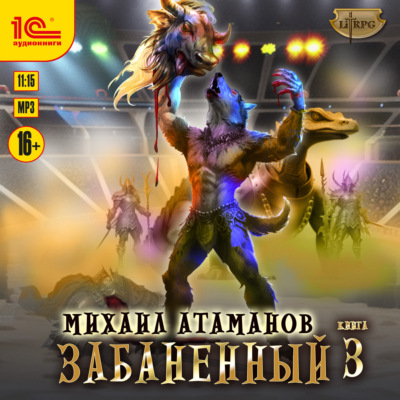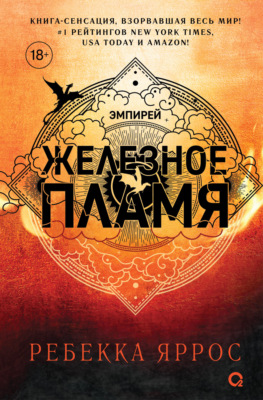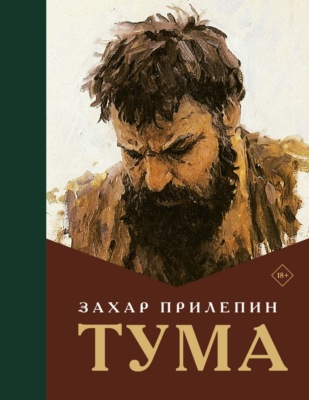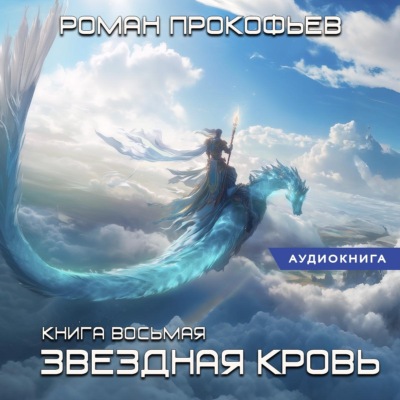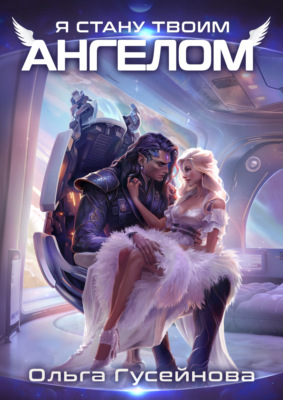Loe raamatut: «Русско-английский учебник для индийцев и русских, интересующихся Индией. Богатая культурологическая информация о России и Индии на английском языке»
© Елена Александровна Тинякова, 2025
ISBN 978-5-0065-5748-2
Создано в интеллектуальной издательской системе Ridero
Международный проект «Глобальная культура-Русский язык для международной коммуникации»
ЗАО «Гуманитарный фонд»
Группа социально-экономического проектирования Санкт-Петербургского союза учёных
НП «Содействие субъектам науки, просвещения, образования»
сектор Народного художественного университета Санкт-Петербурга
Е. А. Тинякова
Русско-английский учебник для индийцев и русских, интересующихся Индией, с культурологическим приложением
(cбалансированная методика для индийских и русских студентов)
Russian-English textbook for Indians and Russians, having interest for India, with appendix of culture information
(balanced methodology for Indian and Russian students)
2025
Учебник рекомендован
Рабочей группой социально-экономического проектирования
Санкт-Петербургского Союза учёных
Тинякова Е. А.
Русско-английский учебник для индийцев и русских, интересующихся Индией, c культурологическим приложением /Е. А. Тинякова. (cбалансированная методика для индийских и русских студентов). – 2025. – с.344
Русско-английский учебник для индийцев и русских, интересующихся Индией, – часть проекта «Глобальная культура‒Русский как язык международного общения», поэтому учебник содержит скрепляющий компонент всего проекта‒представление русского языка (фонетика и грамматика, оптимально выработанный в практике и методических исследований учебников РКИ) и базовую информацию знакомства с Россией. Это почти неизменяемая константа. Однако если посмотреть эту часть внимательно в разных учебниках, например, в учебнике «Русский язык для сотрудничества России и Африки», 2-е издание, мелкие и существенные отличия есть. В учебниках Проекта сделан перевод этой константы на 12 самых распространённых языков. Однако это константа содержания настолько богато обрастает культурологическим фоном, в котором показано культурное сотрудничество русского языка и языка учебника, что о повторении материала говорить не приходится. Первый культурологический блок учебника кратко знакомит с географией России, русскими учёными, русской литературой, музыкой, живописью, и конечно, с замечательными русскими, более фольклорными, песнями. Второй культурологический блок «Диалог культур Индии и России в международной коммуникации» содержит информацию об интересе к русской культуре в Индии и индийской культуре в России. Оба культурологических блока выполняют обучающую роль, наравне с фонетико-морфологической частью учебника. Учебник по русскому языку для индийцев с английскими комментариями очень компактно и всесторонне вводит обучающихся в русский язык на фоне русской культуры. Методика обучения русскому языку индийцев «зеркальная» -русские студенты тоже могут изучать английский по учебнику, все культурологические и общественно-политические тексты даны и на английском языке, английскую часть учебника также поддерживают упражнения для развития речи на английском языке для русских студентов. Полезность учебника сбалансирована для индийских и русских студентов. При подготовке учебника автор изучила направления в обучении русскому языку и иностранным языкам, предусмотренные Правительством Российской Федерации «О Федеральной целевой программе «Русский язык на 2016—2020 гг.» и современные продолжения этой политики.
The textbook is recommended by the Working group of socio-economic projects of the St. Petersburg Union of Scientists
Tinyakova Е. А.
Russian-English textbook for Indians and Russians, having interest for India, with a cultural application / E.A. Tinyakova. (balanced use for Indian and Russian students). – 2025 – p.344
Russian-English textbook for Indians and Russians, having interest for India, with a cultural application is part of the project «Global culture‒Russian as Language for International Communication», that is why the textbook contains the core of consolidating power of the Project‒the presentation of the Russian language (phonetics and grammar, the method being developped in practice and theoretical study of textbooks of Russian for foreigners) and the basic acquaintance with Russia. This core seems unchangeable at first sight, for example in the texbook «Russian for cooperation of Russia and Africa», 2-nd edition. But if we look deeper, there are significant minor peculiarities. This general core is translated into 12 most wide-spread languages. This general core is so wisely coated by culturological background showing the interrelations of Russian and the language of a concrete textbook, that there is no problem of coincidence. The first culturological part of the textbook briefly introduces the geography of Russia, Russian scientists, Russian literature, music, painting, and of course, wonderful Russian, more folklore songs. The second culturological part «Dialogue of Indian and Russian cultures in international communication» contains information about interest for Russian culture in India and for Indian culture in Russia. Both the culturological parts make a tribute for language teaching alongside with the phonetic- morphological part of the textbook. This textbook of Russian for Indians with English commentaries is very compact and multisided in presenting the Russian language backgrounded by Russian culture. The methodology of the textbook to teach Russian for Indians is of «mirror type» that is Russians can also learn English by this textbook, all culturological and socio-political texts are given also in English to develop English-speaking in Russian students, there are many developing exercises. The use of the textbook is balanced between Russian and Indian students. When preparing the textbook the author studied the directions in teaching Russian and foreign languages, provided by the Government of the Russian Federation «On the Federal Target Program «Russian Language for 2016—2020» and contemporary prolonged decisions.
Учебник «Русско-английский учебник для индийцев и русских, интересующихся Индией, с культурологическим приложением
(cбалансированная методика для индийских и русских студентов)»
участвовал во Всероссийском профессиональном педагогическом конкурсе «Лучшие педагогические практики в системе образования» в рамках реализации приоритетного национального проекта Образование.
По итогам конкурсного мероприятия учебник награждён Дипломом 1 степени.
ОГЛАВЛЕНИЕ
Вступление. Преамбула……………………………………………..
1.Почему нужно учить русский язык в Индии
Стихи о русском языке
2. Методические рекомендации
3. Типы словарей русского языка и как ими пользоваться
ГЛАВА 1. «Вхождение в русский язык»
1.1. Вводно-фонетический курс (алфавит, группы букв
и звуков, слоги на различение звуков; правила чтения;
об орфоэпии, скороговорки).
1.2. Основы грамматики: существительное, род, падежи, склонения,
прилагательное, наречие, местоимение, числительное (счёт, даты, время), предлоги, глагол, время действий, изменение глаголов, повелительное наклонение. Синтаксис. Пунктуация.
1.3. Разговорные фразы, которые помогут построить общение.
1.4. Короткие тематические тексты, которые позволят сформировать словарь.
ГЛАВА 2.«Открываем Россию»
2.1. Государственная символика
2.2. Кратко о стране Россия
2.3. Праздники и памятные дни России
2.4. Выдающиеся русские учёные
2.5. Богатство русского языка – его литература
2.6. Мир русских художников
2.7. Русская классическая музыка
2.8. Любимые русские песни
ГЛАВА 3. Общее в понимании мира и жизни у русских и индийцев в пословицах
ГЛАВА 4. «Диалог русской и индийской культур в международной коммуникации»
4.1. Интерес к русской культуре в Индии
4.2. Интерес к индийской культуре в России
Библиография
Сведения об авторах
TABLE OF CONTENTS
Introduction… Preambula………………………………..
1. Why you need to learn Russian in India.
Poems about the Russian language
2. Methodical recommendations
3. Types of Russian dictionaries and how to use them
CHAPTER 1. «Entering the Russian language»
1.1. Introductory course of phonetics (alphabet, groups
of letters and sounds, syllables to practice distinguishing sounds; reading rules; about orthoepy, tongue twisters)
1.2. Basic grammar. Morphology: noun, gender, cases, declinations, prepositions, adjective, numerals (counting, dates, time), pronoun, adverb, verb, tenses, imperative mood. Syntax. Punctuation.
1.3. Learning to speak in colloquial phrases
1.4. Short thematic texts that will form a dictionary
CHAPTER 2. «Opening Russia»
2.1. State symbols
2.2. Briefly about the country of Russia
2.3. Public holidays and memorable days in the calendar of Russia
2.4. Outstanding Russian scientists
2.5. The wealth of the Russian language is its literature
2.6. The world of Russian artists
2.7. Russian classical music
2.8. Favorite Russian songs
CHAPTER 3. «Common in the understanding of the world
and life among Russians and Indians in proverbs»
CHAPTER 4. «Dialogue of the Russian and Indian cultures
in international communication»
4.1. Interest in the Russian culture and language in India
4.2. Interest in the Indian culture and language in Russia
Bibliography
Information about the authors
ВСТУПЛЕНИЕ. ПРЕАМБУЛА
РЕЦЕНЗИЯ REVIEW
МЕЖДУНАРОДНЫЙ ПРОЕКТ «ГЛОБАЛЬНАЯ КУЛЬТУРА-РУССКИЙ ЯЗЫК ДЛЯ МЕЖДУНАРОДНОЙ КОММУНИКАЦИИ»
INTERNATIONAL PROJECT «GLOBAL CULTURE-RUSSIAN FOR INTERNATIONAL COMMUNICATION», инициатор и автор- Е. А. Тинякова, кандидат философских наук, Почётный доктор наук РАЕ
At the current juncture of geopolitical turmoil when the verified and reliable information about Russia is not accessible to common readers living in countries flooded by the narratives peddled by the mainstream Anglo- Saxon media, the growing interest in learning Russian languages is witnessing similar to mid-1960s of the last century at the height of Cold War between the USSR and USA-led West. India, since independence, always had warm and friendly relations with Russia and there was a great interest to know about the people of Russia. However, after the collapse of USSR in 1991 there was almost vacuum in accessibility of Russian literature and information for the common people,
In view of this the textbook RUSSIAN FOR INDIANS WITH CULTUROLOGICAL APPLICATION compiled by prof. Elena Aleksandrovna Tinyakova is a welcome development. Not only a large section of Indians interested in Russia, its literature and culture is going to benefit but also help the growing number of young Indian travellers to Russia in communicating with their Russian counterparts. It is a known fact that the Russian language is the one of the official languages of the United Nations, Shanghai Cooperation Organisation and acts as lingua franca for many Eurasian countries.
Composition of the textbook has embraced the rich practice and methodology of teaching Russian language as a foreign language evolved in late sixties of the last century up till now by the group of Russian teachers of the faculty of philology of Moscow Lomonosov State University. Well illustrated and free of unnecessary grammatical tasks the book focuses the learners’ attention on cognitive and communicating skills.
Unique feature of this textbook is that, unlike other textbooks of languages, there is no focus on teaching grammar generally abhorred by the learners but imparting communication skills. Another welcome feature is the Russian songs and notes to play the music. Well it implies that the user would need a teacher with musical literacy. However, this lacuna could be resolved by giving web links to the songs available on the internet.
Learning a foreign language opens an absolutely new world of the native culture and traditions of the people of a different land developed as a nation in different geopolitical and geo-economic conditions with diverse historic experience. This textbook has taken due care to ease the understanding of this aspect of learning a new language by introducing the learner to concise knowledge of various aspects of the Russian world including history, arts, science and culture.
Though the textbook is meant for the English reader in India, it could be widely useful for Indians living in various countries because there is an inherent interest in the Russian reality which differs from the negative picture painted by the anglo saxon media. This is one of the plus points of the style and purpose of this textbook which will be welcomed in India where due to great interest in Russia a Institute of Russians Studies was inaugurated in New Delhi in November 1965 and now Russian language is being taught in almost all Indian universities and many schools.
This textbook has the high potential for introduction for beginners and advanced courses in the Indian schools and universities teaching the Russian language and prove useful for people willing to study it independently.
I would like to highly commend the tremendous work done by Dr Elena Tinyakova in writing this textbook at a time when there is a global demand to learn the Russian language.
– Vinay K. Shukla, M.A. (Russian Philology), MV Lomonosov Moscow State University, Indian journalist and writer
РОССИЙСКО-ИНДИЙСКИЕ ОТНОШЕНИЯ НА СОВРЕМЕННОМ ЭТАПЕ
«Весь мир проходит сейчас через переломный период, и лидером станет тот, кто готов и способен к изменениям, тот, кто действует, идёт вперёд. Такую волю наша страна, наш народ проявляли на всех определяющих исторических этапах нашего развития. Мы добились таких перемен, для которых другим государствам понадобились столетия».
В.В.Путин
«The whole world is going through a turning point now, and the leader will be the one who is ready and capable to change, the one who acts and goes forward. Our country and our people have shown such will at all defining historical stages of our development. Over the past almost 30 years, we have achieved such changes that other States would need centuries».
Vladimir Putin
«Продолжайте расти и развиваться. Постоянное развитие – это закон жизни. И человек, который всё время старается придерживаться твёрдо установленных взглядов только ради постоянства, загоняет себя в неправильное положение».
Махатма Ганди
«Keep growing and developing. Constant development is the law of life. And a person who always tries to adhere to firmly established views only for the sake of consistency, drives himself into the wrong position».
Mahatma Gandhi
«Исходили и исходим из того, что в современном сложном и турбулентном мире сохранение правопорядка – один из немногих рычагов, способных удержать международные отношения от сползания к хаосу».
В. В. Путин
«We proceeded and are proceeding from the fact that in today’s complex and turbulent world, the preservation of law and order is one of the few levers capable of keeping international relations from sliding into chaos».
Vladimir Putin
«Не теряй веру в человечество. Человечество-как океан, если несколько капель грязных, океан не становится загрязнённым».
Махатма Ганди
«Don’t lose faith in humanity. Humanity is like the ocean, if a few drops are dirty, the ocean does not become polluted».
Mahatma Gandhi
«Чтобы идти вперёд, динамично развиваться, мы должны расширить пространство свободы, укреплять институты демократии, местного самоуправления, структуры гражданского общества, судов, быть страной, открытой миру».
В. В. Путин
«In order to move forward and develop dynamically, we must expand the space of freedom, strengthen the institutions of democracy, local self-government, civil society structures, courts, and be a country open to the world».
Vladimir Putin
«Сегодня все народы слишком тесно сплочены, чтобы любой из них мог представить, что он может жить отдельно. Говорят, что мир неделим, также как и свобода и процветание сейчас, и беда в этом одном мире, который больше нельзя разделить на отдельные фрагменты».
Джавахарлал Неру
«Today, all nations are too closely united for any of them to imagine that they could live separately.They say that the world is indivisible, as well as freedom and prosperity now, and trouble in this one world that can no longer be divided into separate fragments».
Jawaharlal Nehru
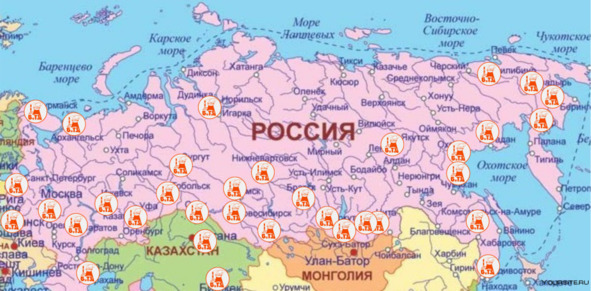
Рисунок 2

Рисунок 3
Россия (Рис.2) и Индия (Рис.3) занимают близкие позиции по большинству острых глобальных проблем, будь то региональные конфликты, международный терроризм, трансграничный наркобизнес и др.
Тысячелетняя история и богатейшее культурное наследие Индии обладают необыкновенной притягательной силой. В свою очередь, индийские граждане с интересом открывают для себя богатства российской музыки, литературы, искусства.
Russia and India hold similar positions on most acute global problems, be it regional conflicts, international terrorism, cross-border drug trafficking, etc.
India’s thousand-year history and rich cultural heritage have an extraordinary attraction. In turn, Indian citizens are interested in discovering the riches of Russian music, literature, and art.
За минувшие десятилетия между Россией и Индией сложились традиционно дружественные связи, и они неизменно укрепляются. В последние годы Россия и Индия вышли на уровень «особо привилегированного стратегического партнерства», представляющего собой уникальный формат межгосударственного взаимодействия. Данная формулировка закреплена в Совместном заявлении, принятом по итогам визита Президента Российской Федерации в Нью-Дели в декабре 2010 г..
Over the past decades, traditionally friendly relations have developed between Russia and India, and they are steadily strengthening. In recent years, Russia and India have reached the level of a «particularly privileged strategic partnership», which is a unique format of interstate cooperation. This wording is enshrined in the Joint Statement adopted following the visit of the President of the Russian Federation to New Delhi in December 2010..
Российско-индийские отношения (Рис.4) определяются зрелым, многогранным и насыщенным характером. В их основе – высокая степень взаимопонимания и доверия, близость приоритетов экономического и социального развития, совпадение подходов к обеспечению всеобщего мира и безопасности, к формированию новой архитектуры мироустройства.
(МИД РФ)
Russian-Indian relations are defined by a mature, multifaceted and intense nature. They are based on a high degree of mutual understanding and trust, the proximity of priorities for economic and social development, the coincidence of approaches to ensuring universal peace and security, and the formation of a new architecture of the world order.
(the Russian Foreign Ministry)
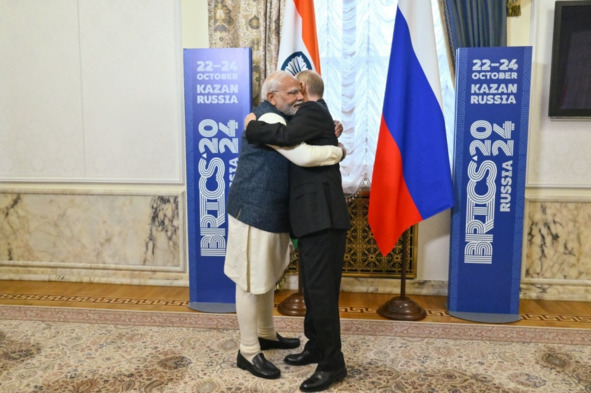
Рисунок 4
«Индия и Россия разделяют концепцию многополярного мира, что находит отражение в их сотрудничестве в рамках международных организаций, таких как Организация Объединенных Наций (ООН), формат Россия-Индия-Китай (РИК), БРИКС, Шанхайская организация сотрудничества (ШОС). Индия проявила бóльшую заинтересованность к форматам РИК и БРИКС, чем к ШОС, не будучи государством-учредителем последней организации…»
Радж Кумар Шарма – PhD, постдокторские исследования, Делийская школа транснациональных отношений (Индия, Нью-Дели).
«India and Russia share the concept of a multipolar world, which is reflected in their cooperation within the framework of international organizations such as the United Nations (UN), the Russia-India-China (RIC) format, BRICS, and the Shanghai Cooperation Organization (SCO). India has shown greater interest in the formats of the RIC and BRICS than in the SCO, not being the founding state of the latter organization…»
Raj Kumar Sharma – PhD, Postdoctoral Research, Delhi School of Transnational Relations (India, New Delhi).
В предлагаемом Учебнике русского языка для индийцев через посредство английского языка и русских, интересующихся Индией, с культурологическим приложением была использована методика автора «Развитие познавательных способностей в процессе обучения иностранному языку», которую она представляла на площадках ФГБОУ ВО МГППУ и НИУ ВШЭ. Концепция авторской методики Тиняковой Е. А. внесена в многотомный энциклопедический Реестр новых научных направлений Российской академии естествознания (Международной ассоциации учёных, специалистов и преподавателей). Основные черты этой успешной методики представлены в книге. В основе методики учебника также лежит встречный принцип взаимодействия языков из индийской методики:
«Язык – это нечто гораздо большее, чем грамматика и филология. Это поэтическое свидетельство гения расы и культуры и живое воплощение мыслей и фантазий, которые их сформировали».
Джавахарлал Неру, индийский политический деятель
In the Textbook of the Russian language for Indian students through the medium of English and Russians, having interest for India, with a cultural application, the author’s methodology «Development of cognitive abilities in the process of teaching a foreign language» was used, which she presented at the sites of the Moscow State Pedagogical University and the Higher School of Economics. The concept of the author’s methodology by Tinyakova E.A. is included in the multi-volume encyclopedic Register of new scientific directions of the Russian Academy of Natural Sciences (International Association of Scientists, Specialists and Teachers). The main features of this successful technique are presented in the book. The textbook’s methodology is also based on the similar principle of language interaction from the Indian methodology:
«Language is much more than grammar and philology. It is a poetic testimony to the genius of race and culture and a living embodiment of the thoughts and fantasies that shaped them».
Jawaharlal Nehru, Indian politician
Язык – это история народа. Язык – это путь цивилизации и культуры. Поэтому-то изучение и сбережение русского языка является не праздным занятием от нечего делать, но насущной необходимостью.
А. И. Куприн, русский писатель
Language is the history of a people. Language is the path of civilization and culture. Therefore, the study and preservation of the Russian language is not an idle occupation with nothing to do, but an urgent need.
A. I. Kuprin, Russian writer
«Русский язык – это несложно. Его нужно понимать. Если это предложение верно для русского, оно верно и для всех языков, потому что трудность всегда относительна: интерес, преданность, любовь, настойчивость, страсть, время, предрасположенность и т. д.…»
Тинякова Елена, автор учебника,
Дзанарелла Паоло, деятель культуры Италии
«The Russian language is not difficult. You have to understand it. If this sentence is true for Russian, it is true for all languages, because difficulty is always relative: interest, devotion, love, persistence, passion, time, disposition, etc.…»
Tinyakova Elena, the author,
Zanarella Paolo, figure in Italian culture
На какую аудиторию рассчитан настоящий учебник «Русский язык для международной коммуникации: учебник русского языка для индийцев через посредство английского языка с культурологическим приложением»? На сегодняшний день в Индии проживает 1 млрд 435 млн человек (Рис.5).
For which auditorium is the textbook «Russian for International Communication: a textbook of the Russian language for Indians through the medium of English with a cultural application» povided? Today, 1 billion 435 million people live in India.

Рисунок 5
Однако индийцы живут по всему миру. Это 27 млн. примерно 0,9% от общей численности населения страны. Индийская диаспора (Рис. 6) -одна из самых крупных в современном мире. Первая большая волна эмигрантов была, в основном, в XIX веке, вторая волна в 1960-х г.г.– 3 млн.
However, Indians live all over the world.This is 27 million, approximately 0.9% of the total population of the country.The Indian diaspora is one of the largest in the modern world. The first big wave of emigrants took place mainly in the XIX century, the second wave came in the 1960s – 3 million.
Карта индийских диаспор The map of Indian diasporas across the world

Рисунок 6
Соотечественники, живущие за рубежом, поддерживают связи со своей родиной. Среди них много высокообразованных и хороших специалистов. В Индии учрежден официальный праздник-День индийской диаспоры- Праваси Бхаратия Дивас (Рис. 7) – 9 января, когда в 1915 году в этот день Махатма Ганди вернулась из ЮАР.
Indians living abroad maintain ties with their homeland. There are many highly educated and good specialists among them. In India, an official holiday was established -the Day of the Indian Diaspora – Pravasi Bharatiya Divas – on January 9, when Mahatma Gandhi returned from South Africa in 1915 on this day.
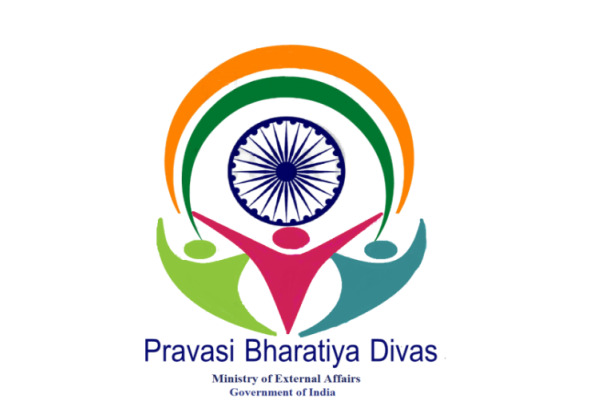
Рисунок 7
1. ПОЧЕМУ НУЖНО УЧИТЬ РУСККИЙ ЯЗЫК.
Стихи о русском языке
1. WHY YOU NEED TO LEARN RUSSIAN.
Poems about the Russian language
Сегодня в Индии возрождается интерес к русскому языку и культуре. Например, на курсы по русской культуре и фольклору в Делийском университете с удовольствием ходят студенты с факультетов естественных наук.
Today, interest for the Russian language and culture is reviving in India. For example, students of Delhi University from the Faculties of natural sciences are happy to attend courses on Russian culture and folklore.
Интерес к русскому языку в Индии видит не только практические горизонты. Лингвисты указывают и на глубокие корни родства двух языков- русского, как языка славянской группы, и санскрита.
Interest in the Russian language in India sees not only practical horizons. Linguists also point to the deep roots of the kinship of the two languages – Russian, as the language of the Slavic group, and Sanskrit.
Немного истории. Только в письменной форме санскрит существует более 2-х тысячелетий. Санскри́т – это главный языковой носитель общеиндийской высокой культуры, язык подавляющего большинства философских, литературных, научных и религиозных текстов древности. В современной Индии санскрит используется как язык гуманитарных наук и как язык богослужения в индуистских храмах. На нём говорят и высокородные брахманы и простые жители Северной Индии.
A little bit of history. Sanskrit has existed in written form for more than 2 millennia. Sanskrit is the main linguistic medium of the all—Indian high culture, the language of the vast majority of philosophical, literary, scientific and religious texts of antiquity. In modern India, Sanskrit is used as the language of the humanities and as the language of worship in Hindu temples. It is spoken by both high-born brahmins and ordinary people of Northern India.
Язык Индии cанскрит, древний литературный язык, на 60% по словарному запасу совпадает с русским языком. Вспомним один удивительный факт. Это визит в Россию в 60-х годах прошлого века санскритолога Дурга Прасада Шастри, который, посетив одну из многочисленных северных деревень, искренне изумился: «Русский язык так похож на санскрит! Даже переводчик не нужен!» Приведём несколько примеров: «новый» – в русском языке, «nava-» – в санскрите; местоимение «ты» в русском языке, основа «tva-» или «tu-» – в санскрите; «два» – в русском языке, основа «dva-» – в санскрите; «брат» – в русском языке, «bhrātar-» – в санскрите.
The Sanskrit language of India, an ancient literary language, coincides with Russian by 60% in vocabulary. Let’s recall one amazing fact. This is a visit to Russia in the 60-s of the last century by the sanskritologist Durga Prasad Shastri, who, after visiting one of the many northern Russian villages, was sincerely amazed: «The Russian language is so similar to Sanskrit! Translation intо Russian is not even necessary!» Here are some examples: «new» – in Russian, «nava» – in Sanskrit; the pronoun «you» -in Russian, the basis of «tva» or «tu» – in Sanskrit; «two» – in Russian, the basis of «dva» – in Sanskrit; «brother» -in Russian, «bhrātar» – in Sanskrit.
Однако этот учебник строит диалог между русским языком и хинди, современным доминирующим языком Индии. Хинди-это современная версия санскрита, и это родство можно сравнить с русским и старославянским языками.
However, this textbook builds a dialogue between the Russian language and Hindi, the modern leading native language of India. Hindi is a modern version of Sanskrit, and this relationship can be compared with Russian and Old Slavic languages.
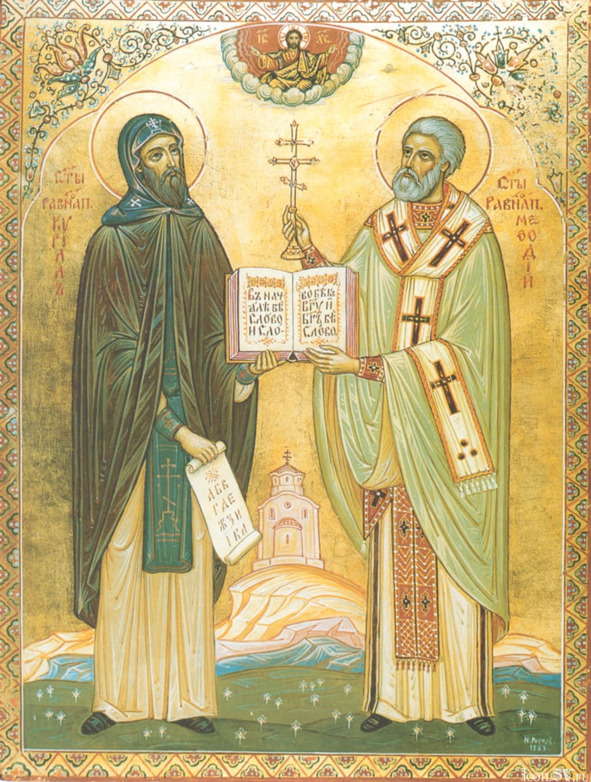
Рисунок 8
Славяне, жившие более 1100 лет назад в государстве Великая Моравия (территория многих современных европейских государств – Венгрии, Словакии, Чехии, часть Польши и Украины) общались на непонятном каждому народу языке и не имели письменности. Князь Великой Моравии Ростислав пригласил в 863 году двух учёных монахов Кирилла и Мефодия (Рис. 8), которые жили в самом сильном и богатом государстве того времени – Византии, оно было приблизительно там, где расположены современные страны Греция и Турция. Византия славилась своими учёными не меньше, чем богатством и армией. Язык, на котором говорили в этом государстве, был греческий. С него братья, создав алфавит на основе греческого тайного письма, перевели на моравский язык Священное Писание и церковные книги. Буквами, объединёнными в алфавит, созданными Кириллом и Мефодием и их учениками, стали записывать не только церковные книги, но и летописи, письма, хозяйственные документы – одним слово, всё, в чём возникала необходимость. Эти буквы называются «Кириллицей». А современный английский язык использует буквы «латиницы».
The Slavs who lived more than 1100 years ago in the state of Great Moravia (the territory of many modern European states – Hungary, Slovakia, the Czech Republic, part of Poland and Ukraine) communicated in a language incomprehensible to every nation and did not have a written language. The Great Moravian prince Rostislav invited in 863 two learned monks Cyril and Methodius, who lived in the most powerful and richest state of that time – Byzantium, it was approximately where the modern countries of Greece and Turkey are located. Byzantium was famous for its scientists no less than for its wealth and army. The language spoken in this state was Greek. From it, the brothers, having created an alphabet based on the Greek secret writing, translated the Holy Scriptures and church books into the Moravian language. Letters combined in the alphabet, created by Cyril and Methodius and their students, began to be used not only in church books, but also archive notes, letters, business documents – in one word, everything that arose the need for. These letters are called «Cyrillic». And modern English uses the letters «Latin».
